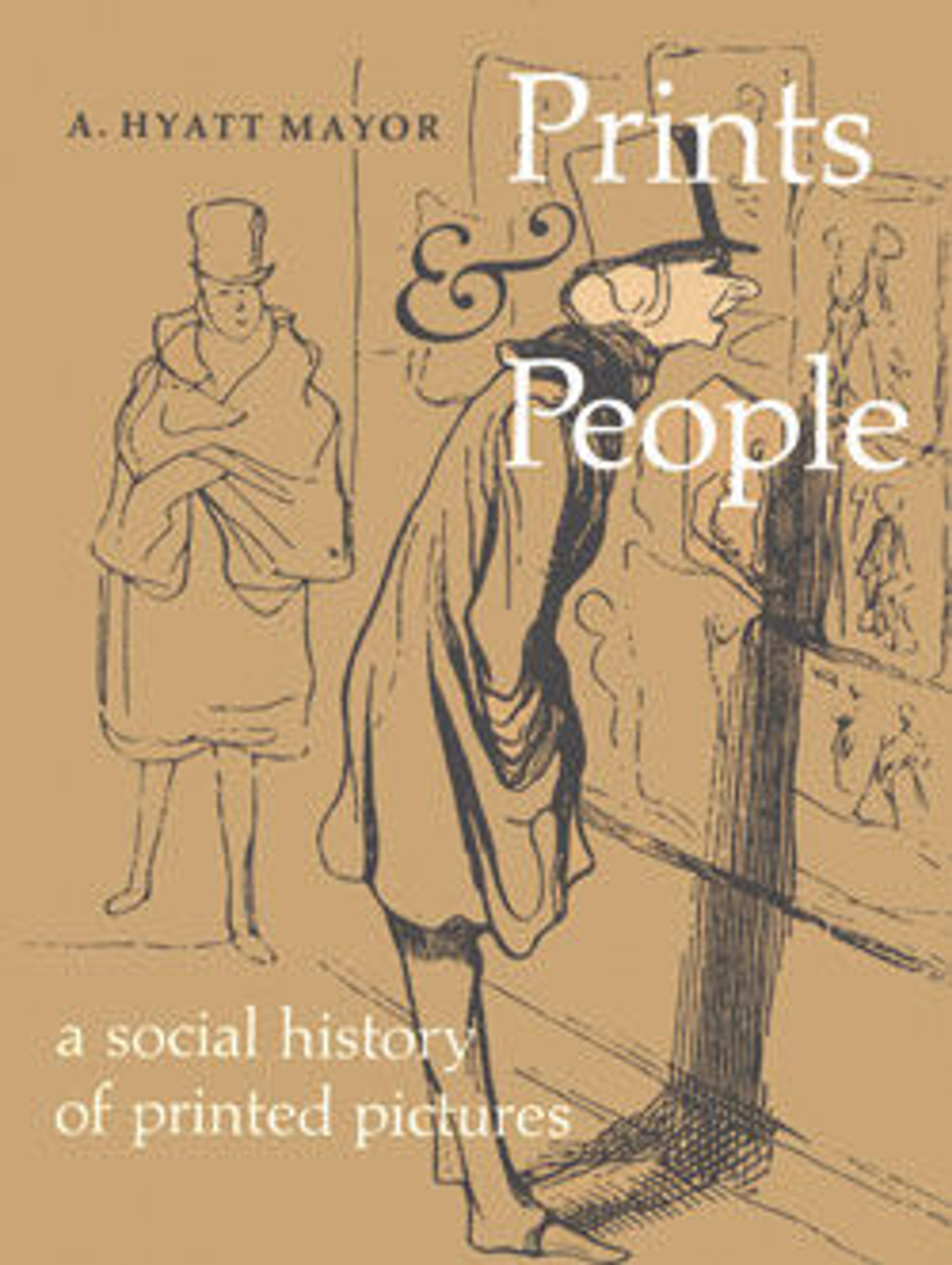The Lonely House
Hopper uses a building to convey emotion by placing two girls playing next to the largely blank wall of a house whose placement evokes missing neighbors. The artist had returned to New York from Paris in 1910 and took up etching when his paintings failed to find buyers, producing about 70 prints between 1915 and 1923. In addition to depicting men and women experiencing the urban fabric of New York, he recalled scenes in France and explored rural and coastal landscapes in Maine and Massachusetts. After Hopper received two awards for his prints in 1923—the Logan Prize from the Chicago Society of Etchers and the W. A. Bryan Prize—he refocused his energies on painting, but often returned to subjects he had used etching to shape.
Artwork Details
- Title:The Lonely House
- Artist:Edward Hopper (American, Nyack, New York 1882–1967 New York)
- Date:1923
- Medium:Etching
- Dimensions:Plate: 7 13/16 x 9 13/16 in. (19.9 x 25 cm)
Sheet: 11 11/16 x 13 15/16 in. (29.7 x 35.4 cm) - Classification:Prints
- Credit Line:Harris Brisbane Dick Fund, 1925
- Object Number:25.31.12
- Curatorial Department: Drawings and Prints
More Artwork
Research Resources
The Met provides unparalleled resources for research and welcomes an international community of students and scholars. The Met's Open Access API is where creators and researchers can connect to the The Met collection. Open Access data and public domain images are available for unrestricted commercial and noncommercial use without permission or fee.
To request images under copyright and other restrictions, please use this Image Request form.
Feedback
We continue to research and examine historical and cultural context for objects in The Met collection. If you have comments or questions about this object record, please contact us using the form below. The Museum looks forward to receiving your comments.
